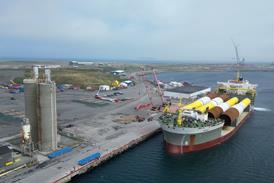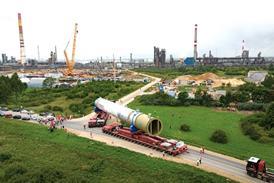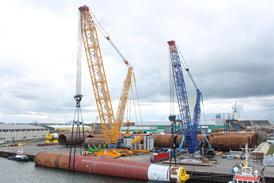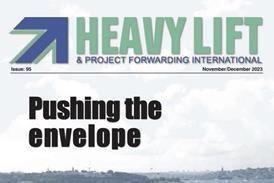November 24 - The move by global industrial equipment giant Caterpillar to open a new, 85,000 sq m facility in Victoria, Texas is the latest evidence of US manufacturers beginning to 'near source' manufacturing, a business trend that may have implications
Near sourcing is the idea of returning manufacturing nearer markets after decades spent out-sourcing it to low-cost, low wage economies.
Global business consultants Boston Consulting Group (BCG) published a multi-authored report Made in America, Again which looked at why they thought manufacturing will return to the United States.
Caterpillar's operation is typical of this move. Once fully operational, the new USD70 million facility will more than treble the current capacity of hydraulic excavators produced by the company in the US and will more than double the number of Caterpillar employees in the US making excavators. Once fully operational, the Victoria facility would produce a total of seven excavator models.
The new facility will manufacture the two models now made at a second US plant, as well as several additional excavator models now produced in Akashi, Japan, and exported to the United States. The expansion of excavator production in the US will allow the Caterpillar facility in Japan to better serve the growing demand for excavators in Asia. Caterpillar has also recently announced plans to quadruple excavator capacity at its manufacturing facility in Xuzhou, China, primarily in support of growing demand in the Chinese market.
In the BCG report, the authors predict that China's overwhelming manufacturing cost advantage over the US is shrinking fast. By 2016, rising Chinese labour costs, higher US productivity, a weaker dollar and other factors will virtually close the cost gap between China and the US. For products with a high labour content, destined for the Asian markets, manufacturing in China will maintain its advantages.
The exhaustive 17-page report lists a number of high profile manufacturers who have returned manufacturing the US, including: NCR who moved production of its ATMs to Columbus, Georgia; The Coleman Company is moving water-cooler production to Kansas; and, Ford Motor Co is repatriating 2,000 jobs from abroad.
One indicator of the changing manufacturing paradigm is rising labour costs in China. From 1999 to 2006, wages more than doubled in the country, up by 150 percent. From 2005 to 2010, wages were rising at about 20 percent per annum in China, far outstripping US pay rises.
















